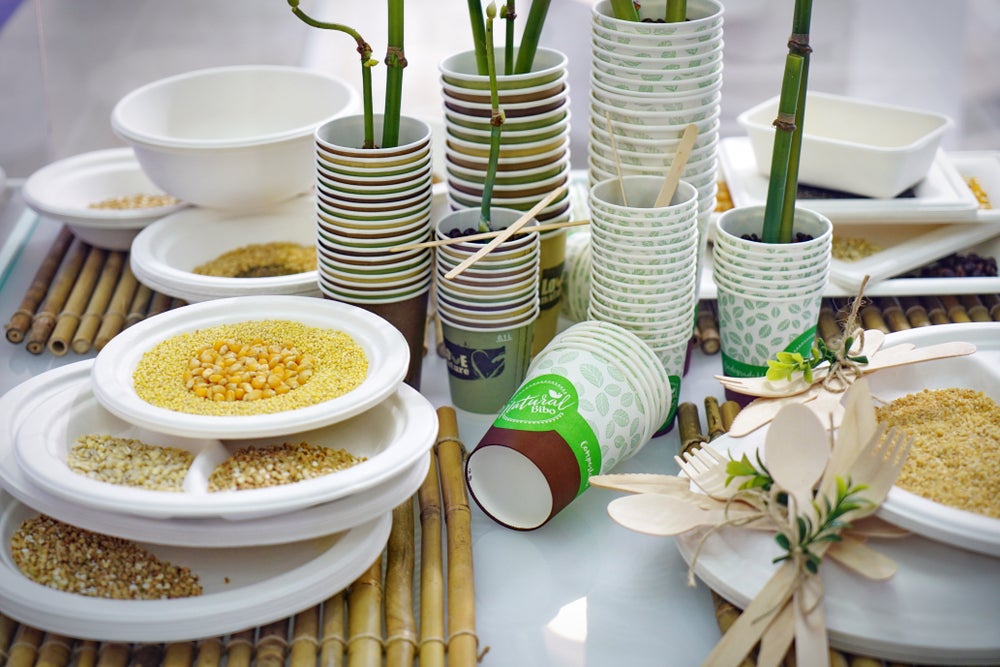Plastic pollution has become a defining environmental issue, and bioplastics are often seen as part of the solution.
These materials, made from renewable resources such as corn starch, sugarcane, or algae, aim to reduce reliance on fossil fuels and create more sustainable packaging options.
As industries and consumers seek alternatives, bioplastics are gaining attention for their potential role in shaping a greener future.
What sets bioplastics apart
Conventional plastics are derived from oil and gas, whereas bioplastics come from renewable sources. This gives them a potential edge in reducing greenhouse gas emissions during production.
Certain types of bioplastics are also designed to break down in composting facilities, offering an alternative to packaging that otherwise remains in the environment for centuries.
Still, not all bioplastics are biodegradable or compostable. Some mimic the durability of traditional plastics, while others require specific industrial conditions to degrade properly.
This variation can confuse consumers, underlining the importance of clearer labelling and stronger public understanding.
Balancing benefits and drawbacks
The most compelling case for bioplastics lies in their ability to lessen dependence on fossil fuels and align with sustainable packaging goals. They can contribute to the circular economy by being recyclable or compostable, reducing the burden of single-use plastics.
Yet, challenges remain.
Producing bioplastics from crops raises concerns about land use, water demand, and possible competition with food supplies. If agricultural systems are stretched, the environmental benefits may be compromised.
On top of this, many countries lack the infrastructure to process biodegradable packaging, meaning that bioplastics often end up in landfill, where they degrade slowly.
Looking ahead in sustainable packaging
Innovation is advancing quickly, with researchers exploring new feedstocks such as agricultural waste, algae, and marine by-products that do not compete with food production.
At the same time, companies are working on bioplastics that are not only compostable but also compatible with existing recycling systems, making them more practical for widespread use.
Consumer awareness is pushing this progress. As shoppers become more mindful of environmental impacts, businesses are under pressure to adopt eco-friendly packaging that aligns with sustainable values.
Governments are also encouraging change through regulations and incentives that promote renewable materials and responsible design.
The future of packaging is unlikely to rest on a single solution. Instead, bioplastics will form part of a broader shift that includes improved recycling, reduced consumption, and smarter packaging design.
With continued innovation and the right infrastructure, bioplastics could play a vital role in steering packaging towards a more sustainable future.









